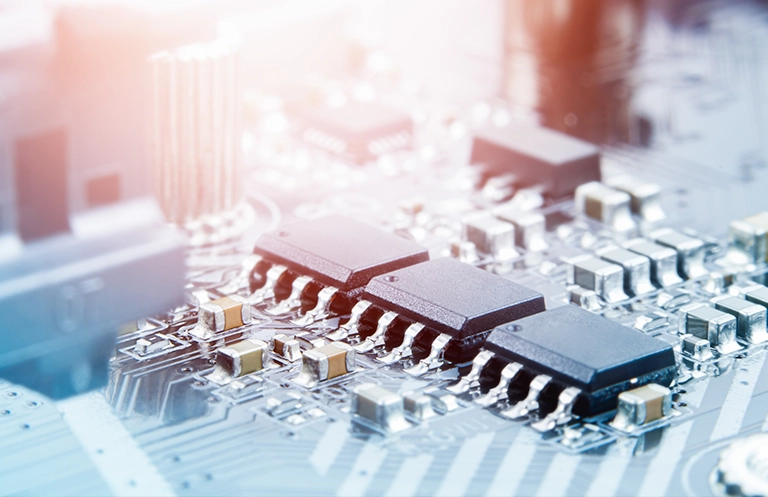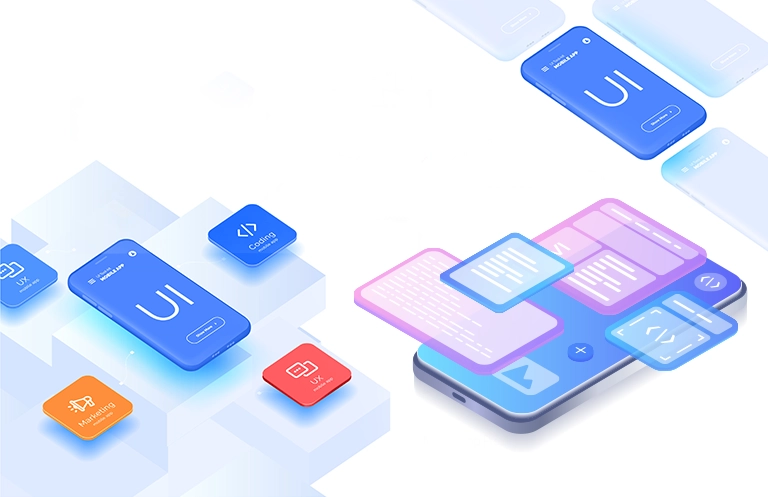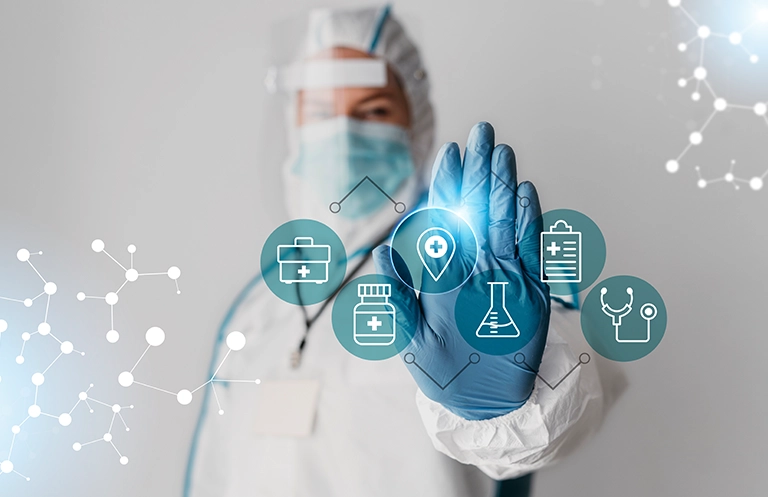Data is the new currency and organizations that are able to gather and process data intelligently will have the ability to quickly outpace the competition. Understood in context and properly conditioned, data is at the heart of every connected system. However, data collection and processing are just the tip of the iceberg in terms of operational efficiency and business opportunities.
Organizations, today, need to be able to use data effectively to respond quickly to consumer demands as well as manage production, resources, and infrastructure. For this to happen, organizations need to converge their information technology (IT) infrastructure with their traditionally isolated operational technology (OT) networks. Easier said than done, right?
Gartner defines OT as: “The hardware and software that detects or causes a change through the direct monitoring and/or control of physical devices, processes, and events in the enterprise.” For OT, the focus is on establishing and maintaining control over processes with physical impact. The importance of OT continues to grow as more machines and their components are connected.
On the other hand, IT infrastructure is responsible for the creation, transmission, storage and security of data. IT refers to the range of systems that are used to manage and process electronic data in an organization. This includes the computers, infrastructure, network systems and several other physical devices.
WATCH RELATED WEBINAR
To compete in a highly dynamic and competitive marketplace, businesses are working towards converging these two separate environments. By deploying industrial IoT, several organizations from mature industries are already on their way to integrating OT and IT environments.
IT-OT Convergence Challenges
Despite being aware of the advantages of IT-OT convergence, it would seem surprising that not many businesses are working on integrating the systems. The reason is simple: converging IT and OT is a highly complex and challenging undertaking.
Technical Challenges
-
- Compatibility: IT continually updates itself. As a consequence of ever-evolving computing and networking standards, and a rapid rate of innovation, IT places a high value on error-checking, fault-tolerance, and failover capabilities.
OT devices, on the other hand, work as per defined communication parameters. Compatibility is seen as preferable, but 100% compatibility is not possible to achieve in all situations. So, preparedness for mismatched credential exchange is considered a basic cost of doing business.
-
- Environmental: OT devices function in all sorts of geographical locations and have evolved with a different set of priorities. They are often subject to extremes in pressure, humidity, and temperature. Also, they are designed to perform highly specific functions; e.g. a temperature sensor is designed to measure temperature only, and with exceedingly high reliability metrics.
IT devices, on the other hand, are usually placed in office spaces which are clean and temperature-and-humidity-controlled, with either failover systems and/or local support staff available to respond quickly to resolve performance issues.
In this context, reliability and integrity are absolutely the primary considerations while discussing OT-IT convergence.
- Specialized skillset: OT devices are generally older and this leads to the need for engineers with the specific skillset to work with such technologies. IT, on the other hand, need varied and dynamic software skills to keep pace with the continuous advancements in technology. The different skillsets and language specializations among IT and OT professionals add to the complexity in combining these two units.
Organizational Challenges
-
- Business Silos: IT infrastructure is owned and managed by the Chief Information Officer (CIO) or the Chief Technology Officer (CTO). OT usually falls under the ambit of Chief Analytics Officer, Executive Vice President of Gas/Electric Operations, and Executive Vice President of Utilities.
While the OT team may have IT personnel as a part of the mix to maintain critical IT systems, they still function as a part of OT and do not have much contact with the core IT team. The separation between the OT and IT staff can often pose a major challenge to an organization’s convergence initiatives.
- Risk Tolerances: In IT, the loss of data confidentiality impacts corporate reputation, loss of data integrity requires expensive recovery procedures, and loss of data or system availability directly cuts off the flow of money. OT performance directly impacts the corporate’s top and bottom lines. When the systems are integrated, all these factors need to be taken into consideration.
OT-System Integration: Expertise is Essential
RELATED BLOG
Many IT providers lack the ability required to address the challenges of OT integration. Hence OT systems integration specialist and an expert on device connection and management will be required for building a complete IoT solution.
Without the expertise of a proven OT systems integrator, many IoT projects stall or fail owing to connectivity challenges or the lack of qualified resources. When you work with an experienced OT integrator, your devices can talk to your automated systems, you gain the scalability to grow, and you can get your project up and running within weeks, instead of months.
With a versatile portal and a robust set of middleware, it is possible to connect a wide variety of new and legacy devices, sensors, and machines, and streamline secure data transmissions to the cloud. The data can be filtered at the gateway, sensor or cloud level, keeping in mind the organization’s specific needs. This can help streamline analytics down the line.
To get started with OT-IT Convergence, it is necessary to create a customized architecture, because IoT demands both OT and IT capabilities and a wide variety of expertise across multiple technologies and systems. Unfortunately, most system integrators are experts in IT integration and often do not have the skills or depth of knowledge required for OT integration.
When you take into consideration the fact that OT provides the majority of data required to drive informed decision-making across an enterprise, you realize how important such skills are. Without this expertise, you are likely to miss project deadlines, run over budget, and fail to deliver high-quality results.
An experienced OT systems integrator delivers solution architecture and design, incorporating high availability, scalability, security, device management, connectivity management, and more.
Use cases of OT-IT convergence:
1. OT-IT integration for Warehouse Management
Integration of supply chain technology with IT boosts efficiency and speed throughout the supply chain. Here are the benefits of this integration:
- Maximizing equipment up-time & asset life
- Predictive maintenance – improve after-sales service and enhance customer delight
- Reduced downtime
- Improved operational efficiency – reduce the technician’s trips
2. OT-IT integration for Smart Farming
Agriculture has become more industrialized and technology-driven over the past few decades. By using smart agriculture devices and by integrating Dealer Management and Farmer Management, farmers have gained better control over the process of raising livestock and growing crops, making it more predictable and efficient.
3. OT-IT integration for Smart Home
Smart homes make it possible for users to connect with devices and appliances in their home. OT-IT integration allows the devices to communicate with each other and with the user. The benefits of OT-IT integration for smart home are as below:
- Improved customer service with automated alerts on system component failure, power disruption, connectivity loss, failure of sensors, security breaches, and with proactive alerts on low backup battery.
- Cost savings with alerts on energy consumption dashboards from thermostats, lights and other devices
- Improved security by integrating alarm systems and video monitoring devices into one personalized platform to monitor and protect the home
- Increases operational efficiency for businesses providing services to homes, which saves significant expenditure.
To create a truly seamless connected IoT system that maximizes business value, there is an impending need to build a strong nexus between OT and IT data. However, harmonizing OT and IT systems come with significant challenges due to differences in business functions, technology stack, and the inherent culture of the departments. eInfochips possesses expertise in AI/Machine Learning Services, Cloud, IoT and mobility – and can help you with OT-IT convergence. To know more, please get in touch with us.













